Let me first start by saying I’ve contemplated writing this piece for the past couple months now. I’ve gone back and forth on if my thought matters and if I even feel qualified enough to comment on this matter. However, being a coach in the endurance market, I feel that I need to voice my opinion on the nature of the industry and the over-saturated market of coaches selling themselves as experts in the field. With that being said, I write this blog understanding that it will create controversy but I do so in the best intentions possible.
What Creates an Expert?
I suppose the frustration that I have lies within the question of what makes an “expert” in the endurance setting. Is it a top-notch athlete? Is it a PH.D? Is it a coach of a world champion? To me the answer is simply none-of-the-above. In this industry I honestly feel that you can never be a true expert. Sure you can know more than others and my athletes would tell you that I may have more knowledge in training or racing than they do, but there is always so much to learn that I feel we will never truly grasp every situation and how to best customize a training plan to any specific individual. That doesn’t mean we can’t make people extremely fast or extremely efficient, it just means that you can learn something new from every single athlete that I feel there is always a certain level of uncertainty in everything we do as coaches. Sure you can feel very confident in following CTL or FTP and making decisions that are very logical based on scientific evidence or past experiences, but its amazing how many unique things you will experience every year that you have to make an educated guess on in terms of the art of coaching and the athletes balance of life. With all of these things to consider, this is where my pet peeve really begins.
With a ton of coaches coming into the endurance industry and claiming to be “experts” as a selling point, it really hits me on a deeper level. They may have great personal experiences as an athlete, but do they understand interactions, balance, data, science, programming, etc? Does anybody fully understand that? I mean, I have my Masters in Coaching Sports Performance and I consider myself lucky to have great athletes who allow me to coach them, but I by no means consider myself a true expert. I know how to help an athlete go from an FTP of 285 to 365 in 1 season, I know how to guide an injured runner with a 2:05 half marathon to a Boston qualifying time 1 year later, but I can honestly tell you that I’ve never gotten 100% out of an athletes physical ability that maximized their own human potential. I don’t know if anybody has. Even Bradley Wiggins who took the hour record.. could he have gone 1KM further? That is a question that will always sit on my mind with every athlete and why I feel we have not mastered the human physiology and artistic interaction of motivating athletes on a continuing basis.
Beyond myself, I have talked with other coaches with many more years in the industry and they tend to share the same ideals. What is possible, how far can we develop as coaches to help our athletes, are we even experts?
You can see why I become so angered when you get an elite athlete who comes onto the scene and starts to market as a coach strictly off his/her results and why they are an expert of the sport. Maybe that shouldn’t bother me, but for the sake of coaching moving into the future and the development of the sport as a whole, it does.
My Start as a Coach
I realize I’m calling the kettle black on this to a certain extent. I started out coaching 4 years ago simply based on my own personal experiences. While I didn’t market myself as a coach and simply helped people who asked, I was coaching my first year based on what had worked for me and what didn’t. This is a pet-peeve of mine now, but it is how I started as well. Upon finding this passion for coaching, I obtained a certification from both USAC and AFAA as well as returned to school for 2 years to complete a Masters in Coaching Sports Performance. I felt it was important to note this in the argument because while many coaches will continue to seek further education, my real issue is with the coaches that won’t seek further education and rather than contribute to the development of coaching going forward, will plateau and take clients away from those looking to excel in their coaching career.
HTFU
This phrase stands for “Harden the f**k up”. That is what many will say to this post. Go out and recruit more clients, put in more time, don’t focus on others, etc. I agree. But what I don’t agree with is others coming into my future career and setting a benchmark for some athletes that doesn’t go beyond where it currently is set. Athletes that are being trained by other athletes are continuing the circle that is already in place and we aren’t developing them or the sport. If their athlete/coach starts continued education and gets themselves to a level that promotes growth in the sport then that is great! However, there are so many out there that will refrain from this route and simply look for the quick paycheck from being and “expert” athlete.
Certs or Experience?
Can a coach be amazing without a cert: yes. Can a coach be amazing without experience: if their lucky. What does it take to be a great coach: continued education, experience, making informed decisions, being confident in your approach, being humble to always try and be better, artistic interactions with individuals, etc. I think all of these aspects come into play in a coaching decision and help to shape the overall experience for the athlete and the overall performance that they achieve. While you don’t always need to be seeking out certifications, you should be seeking out new knowledge and studies to help inform you on your decisions. Again, what makes you an expert? I simply don’t know at what point you truly become an expert.
Where to Go From Here
I don’t want to turn this into a long blog and I want to keep it short, but all I would like to see is the coaching industry and endurance industry as a whole progress. If coaches coming in continue to educate themselves then everyone will be much better for it. I understand this was a rant of sorts, but for the future of the sport and development going forward, I think its important to keep this conversation going.
Conclusion
While I’m confident in my abilities to coach and make athletes better, I don’t ever want to get to the point where I feel I know everything and begin to close off my mind to new ideas. There are so many factors at play with each and ever athlete that while general principles will apply to their training, how you introduce those principles and communicate them will always differ. For coaches out there that are solely looking to capitalize on their athletic achievements and make a quick buck, I fear that they are neglecting the overall duty of helping each individual athlete and therefore creating a plateau of sorts within the industry. While I’m not sure what creates an expert as we have never truly maximized the human potential, I do know that those claiming to be an expert are often the furthest from achieving that level of knowledge. I simply want to see coaching and athletics continue to progress towards improved results, but in the current state of the overpopulated coaching industry, I’m not sure if we are progressing or simply hitting a plateau in how we are developing our athletes.
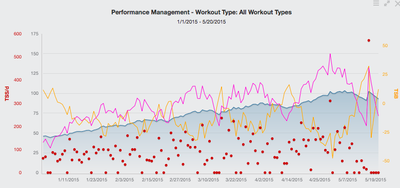
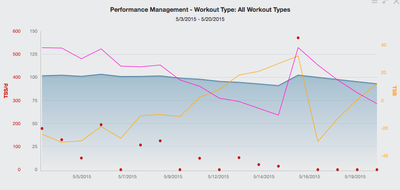
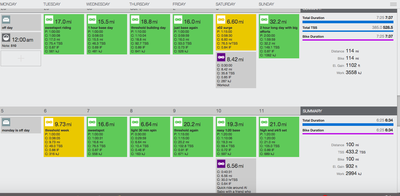
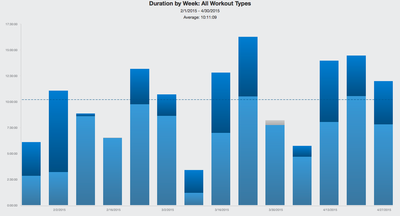
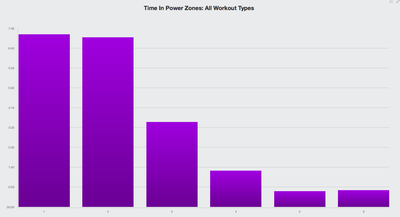
 RSS Feed
RSS Feed
